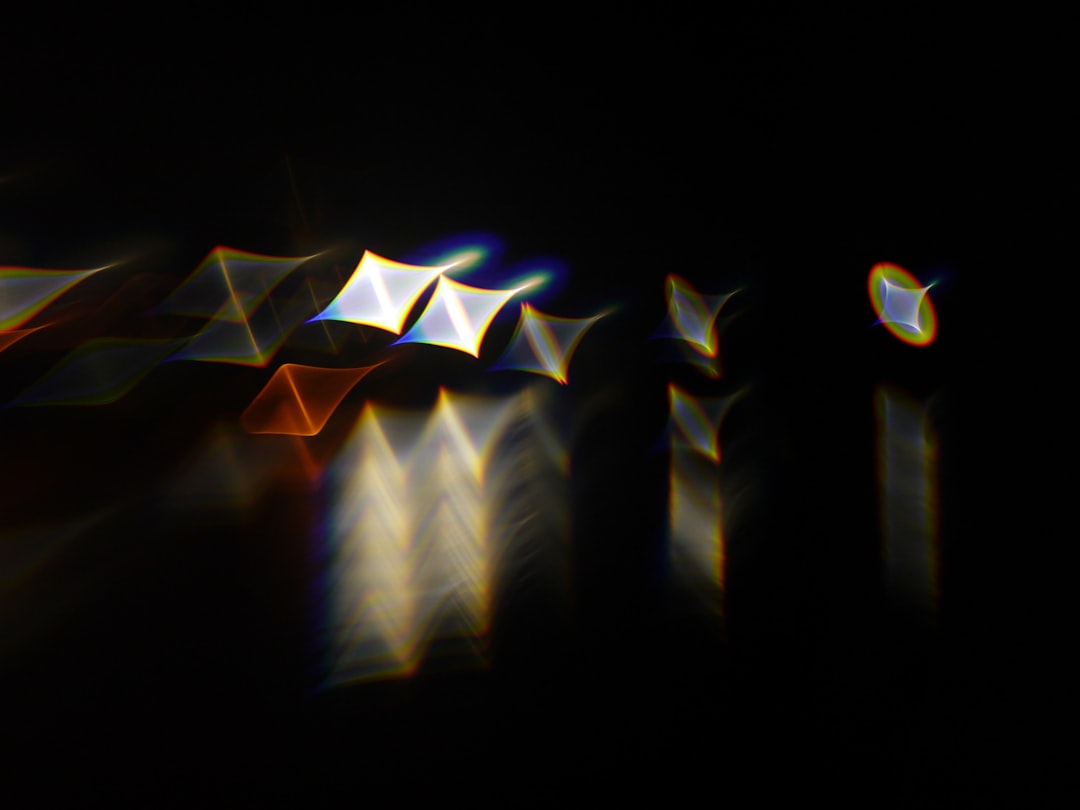What is it about?
When you refine your model against the total scattering data, you might take it for granted that right Lorentz factor is being used, but, it might not. What is the right factor to use? Also, does the vanadium normalization performed practically at the data reduction stage eliminate the factor? Answers to those questions are all presented in our paper.
Featured Image

Photo by Daniele Levis Pelusi on Unsplash
Why is it important?
With the development of the methodology of refining the atomistic model against the total scattering data, we need to get a clear idea about what the Lorentz factor should be used, to avoid mis-interpretation of the data. Meanwhile, it seems not clear at all in the community whether the Lorentz factor should be there given a practical vanadium normalization which is usually performed at the data reduction stage. Our paper provides clear explanation to these questions and thus helps clarifying the vagueness in understanding this critical factor that needs to be considered when fitting our data.
Perspectives
The clean derivation result of the Lorentz factor in total scattering data formulation, to myself, is not only a scientific achievement, but also a piece of art embedding the beauty of physics and mathematics.
Yuanpeng Zhang
Oak Ridge National Laboratory
Read the Original
This page is a summary of: Lorentz factor for time-of-flight neutron Bragg and total scattering, Acta Crystallographica Section A Foundations and Advances, January 2023, International Union of Crystallography,
DOI: 10.1107/s2053273322010427.
You can read the full text:
Contributors
The following have contributed to this page










